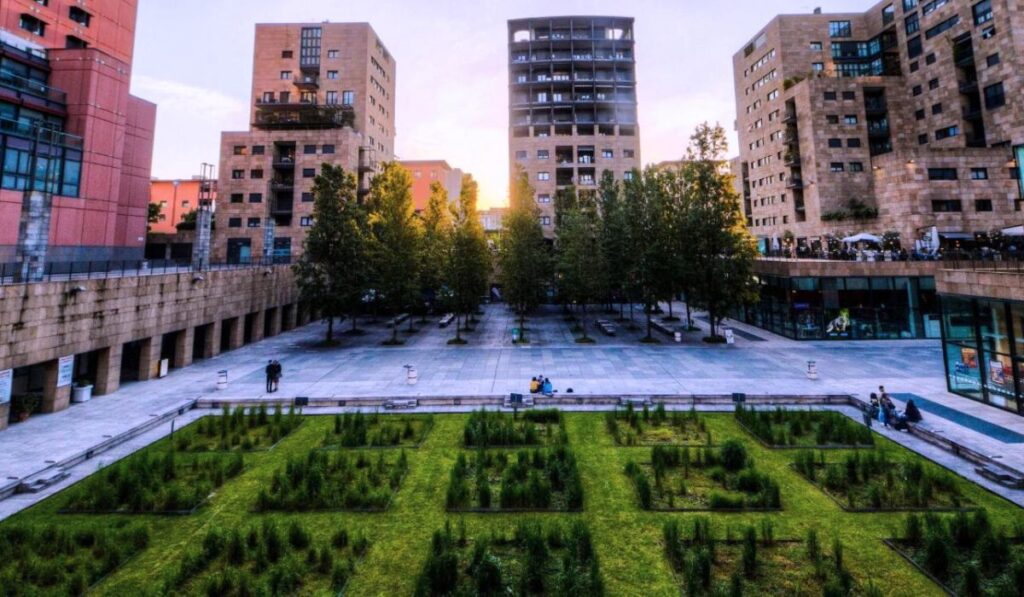Introduction
As the world becomes increasingly urbanized, the need for sustainable and livable cities has never been more apparent. Urban environments often suffer from a lack of green spaces, leading to issues such as pollution, heat islands, and decreased overall well-being. However, a growing movement is underway to reimagine urban landscapes through the integration of green infrastructure. In this article, we delve into the concept of urban greening and explore its benefits, challenges, and innovative solutions.
The Importance of Urban Greening
Urban greening refers to the strategic incorporation of vegetation into urban areas, ranging from small parks and street trees to green roofs and vertical gardens. This approach offers numerous benefits that extend beyond mere aesthetics. Firstly, green spaces act as natural filters, purifying the air by absorbing pollutants and releasing oxygen. They also help mitigate the urban heat island effect by providing shade and cooling the surrounding environment. Moreover, greenery enhances biodiversity, providing habitats for various species and promoting ecological resilience.
Benefits of Urban Greening:
- Improved Air Quality: Trees and plants absorb harmful pollutants such as carbon dioxide, nitrogen dioxide, and particulate matter, thereby improving air quality and reducing respiratory illnesses.
- Climate Resilience: Green infrastructure helps mitigate the impacts of climate change by reducing temperatures, managing stormwater runoff, and providing natural habitats for wildlife.
- Mental Health and Well-being: Access to green spaces has been linked to reduced stress levels, improved mood, and enhanced cognitive function, contributing to overall mental health and well-being.
- Social Cohesion: Parks and communal green spaces serve as gathering points for communities, fostering social interaction, and strengthening neighborhood bonds.
- Economic Benefits: Urban greening can increase property values, attract tourism, and stimulate local economies through job creation in landscaping, maintenance, and eco-tourism sectors.
Challenges and Solutions
Despite its numerous benefits, urban greening faces several challenges, including limited space, competing land uses, and resource constraints. However, innovative solutions are emerging to overcome these obstacles. For instance, vertical gardens and green facades offer opportunities to introduce vegetation in densely populated urban areas where horizontal space is limited. Additionally, community engagement and participatory planning processes can help ensure that green spaces are accessible and meet the diverse needs of residents. Moreover, leveraging technology such as green infrastructure mapping and monitoring systems can optimize the design, implementation, and maintenance of urban green projects.
Case Studies
Several cities around the world are leading the way in urban greening initiatives. For example, Singapore’s “City in a Garden” vision has transformed the city-state into a lush, green oasis despite its limited land area. Through innovative approaches such as rooftop gardens, vertical greening, and extensive tree planting, Singapore has enhanced its urban environment while mitigating the effects of urbanization. Similarly, cities like Copenhagen and Portland have prioritized cycling infrastructure and green corridors, promoting sustainable mobility and improving the quality of life for residents.
Conclusion
In the face of rapid urbanization and climate change, the integration of green infrastructure is essential for creating resilient, livable cities. Urban greening offers a holistic approach to urban planning that not only enhances environmental sustainability but also improves public health, social cohesion, and economic vitality. By reimagining urban environments through the lens of green design, cities can create spaces that are not only aesthetically pleasing but also conducive to the well-being and prosperity of their inhabitants. As we look towards the future, embracing the shade of green will be paramount in shaping cities that are vibrant, inclusive, and sustainable for generations to come.


